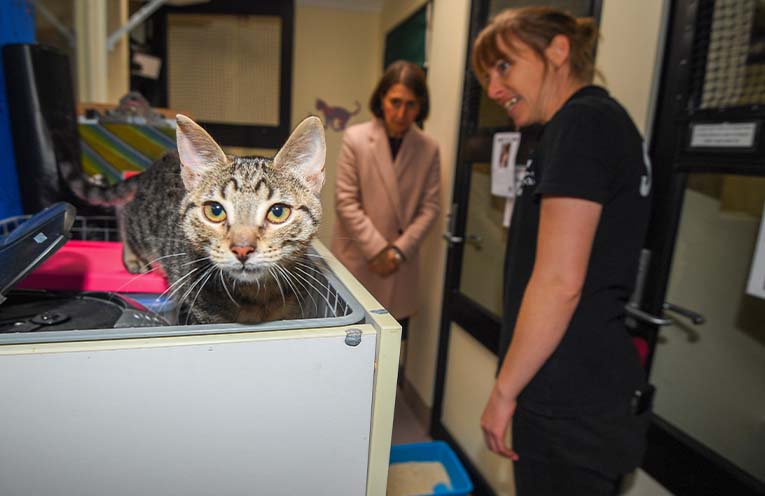
‘ARRESTING’ roaming cats and harsher penalties for biosecurity breaches could be made easier after a government review aimed at halting a potential $30 billion disaster.
The NSW Natural Resource Commission on Monday found invasive species – including cats, foxes and some 340 weeds – traverse the state and not all their impacts can be effectively managed.
 Advertise with News of The Area today.
Advertise with News of The Area today.It’s worth it for your business.
Message us.
Phone us – (02) 4981 8882.
Email us – media@newsofthearea.com.au
It has recommended extensive changes to how pests are controlled, having found significant gaps in the system as well as regulators and researchers stuck in silos.
Invasive species costs have risen sharply in recent decades to at least $1.9 billion a year, while changes in urban areas, trade, agriculture and climate could increase the future severity of invasive species.
In the worst-case scenario, the annual cost could hit $29.7 billion by 2030.
The commission’s interim report finds current pet laws ineffective at managing the biosecurity risks posed by cats, including predation and disease transmission.
Due to their sheer number, domestic cats in residential areas can have a ‘ wildlife predation rate 28 to 52 times higher than feral cats in natural environments, the report says.
Unsupervised cats entering private property however cannot lawfully be seized and taken to a council pound, while a person can only grab a cat in a designated wildlife protection area “for the cat’s own protection”.
The commission calls for councils to be allowed to set up cat containment and desexing policies.
It also criticised enforcement measures for invasive species, noting only two biosecurity directions had been issued for pest animal management since laws were overhauled in 2015.
A dedicated central unit should support legal cases for prosecution and more targeted use of regulation, it said.
Warnings have also been aired about the disconnect between researchers and land managers and the government’s tendency to back sporadic, fragmented, short-term programs.
“While the foundations of good management exist, the NSW invasive species management system is not yet cohesive,” the interim report says.
The government has allocated a record $946 million for biosecurity, including expanding the targeting of feral pigs and helping landholders halt invasive species spreading from public land.
The creation of an independent biosecurity commissioner also underlined the importance of strengthening the state’s resilience, it said.
Other measures include a $10 million program helping landholders halt invasive species spreading from public land, and a review of policies for priority pest and weed species.
“While the (commission) was developing this report we haven’t sat still,” Agriculture Minister Tara Moriarty said.
“We are committed to responding to the report comprehensively and we are already reviewing the current compliance settings to make sure they are fit for purpose.”
Consultation on the interim report will now commence, with a final report due by year-end.
By Luke COSTIN, AAP
